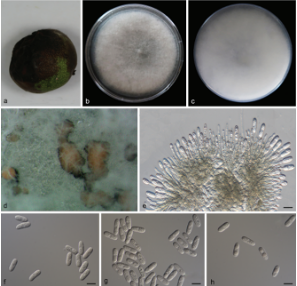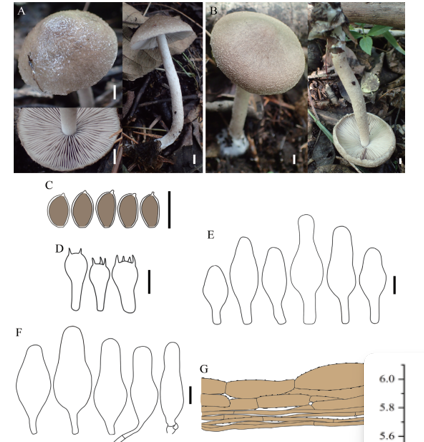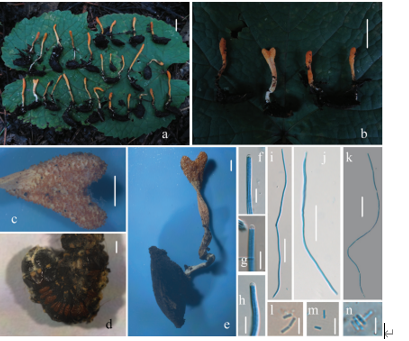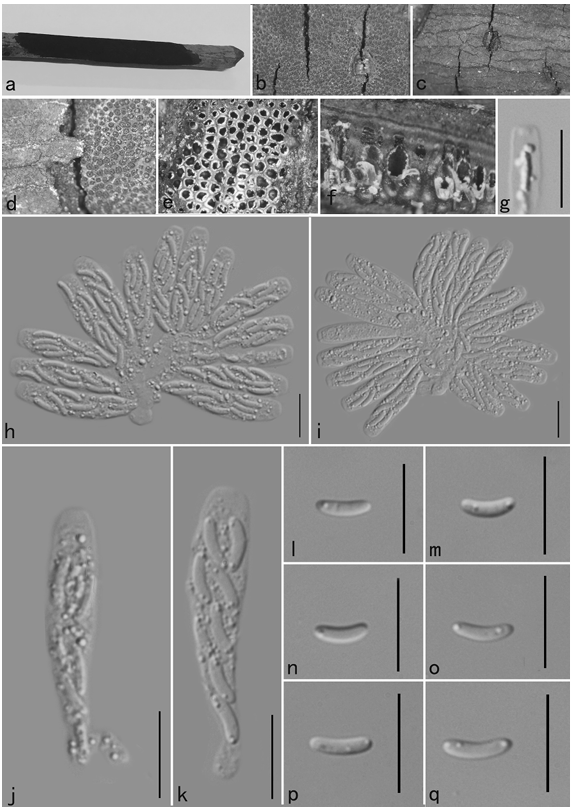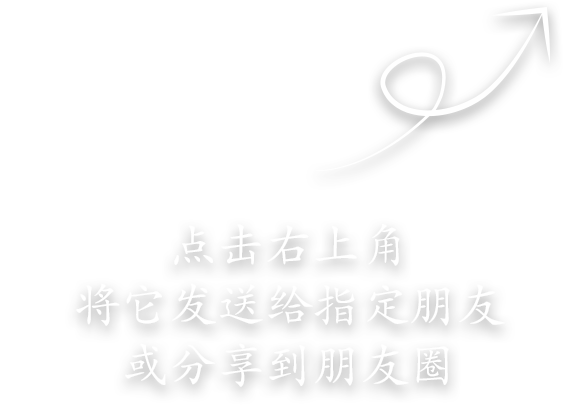Translucidithyrium chinense H. X. Wu & X. H. Li, sp. nov. 2020
Index Fungorum number: IF 557843; Facesoffungi number: FoF 09429
Holotype: China, Yunnan Province, Xishuangbanna Dai Autonomous Prefecture, Xishuangbanna Botanical Garden; 21°55'51"N, 101°15'08"E, 540 m alt.; 21 Apr 2019; Haixia Wu and Xinhao Li leg; collected on living leaves of Alpinia blepharocalyx (IFRD 9208, holotype), ex-type living culture (IFRDCC 3000).
Morphological description
Epiphytic on living leaves, ascomata with papillate. Superficial hyphae absent. Sexual morph: Ascomata solitary or scattered, 480–870 μm diam. (¯x = 741 μm, n = 6), 65–82 μm high (¯x = 72 μm, n = 8), olivaceous to brown, slightly semi-transparent under highlighted background, circular to suborbicular, with slightly prominent papilla, membranous, without ostiole (Fig. 2A–C). Peridium 8.3–10 μm thick, (¯x = 9 μm, n = 11), composed of irregular, meandering, interwoven arranged cells, two layers: from brown to hyaline, outer layer composed of closely-arranged cells, brown; inner layer composed of hyaline, oblong, subdense arranged cells, poorly developed at the base (Fig. 2D–F). Asci evenly distributed and parallel arranged in hamathecium (Fig. 2D–F), 65–90 × 51–81 μm (¯x = 77 × 60 μm, n = 10), 8-spored, bitunicate, hyaline, with an ocular chamber, ovoid at immature state, globose to subglobose at mature state, lacking pedicel, paraphyses absent (Fig. 2G–K). Ascospores 41–65 × 10–13 μm (¯x = 50 × 11 μm, n = 20), irregularly overlapping, hyaline, ovoid at young state, fusiform with both ends tapered at mature state, 1-septate, constricted at the septum, upper cell a little larger than lower, with guttules at both ends, verrucose (Fig. 2L–P). Asexual morph: Undetermined. Culture characteristics. Ascospores germinating on MEA at 36 h after sporeisolation, germinating on PDA at 48 h after spore-isolation. Colonies slow growing on MEA and PDA, irregular, villiform, convex, white on surface, yellow to brown at base. After a long period of growth, the pigments produced by culture discolour the medium, roots generate at the bottom (Fig. 3A–D). Culture hyphae hyaline, branched, constricted at the septum, 3 μm wide (Fig. 3E, F).
Habitat: on living leaves of Alpinia blepharocalyx
Distribution: China
GenBank Accession: IFRDCC 3000
Notes: This new species is morphologically similar to Translucidithyrium thailandicum in having semi-transparent and largish ascomata, globose asci and hyaline ascospores with 1-septate. However, Translucidithyrium chinense has a slightly papilla thyriothecium with weaker transmittance and ascospores with guttules at both ends, while T. thailandicum has a flattened thyriothecium with higher transmittance and ascospores with appendages at both ends; besides, the size of ascomata and asci of T. chinense are slightly larger than those of T. thailandicum (795 μm vs. 621 μm; 77 μm vs. 64 μm). The culture characteristics of both species are different: the culture of T. chinense grows more slowly, has roots inserting into medium and turn the bottom brown. Phylogenetically, T. chinense clusters with T. thailandicum as a distinct clade with high support (100% ML / 1.00 PP, Fig. 1).
Reference: Li X, Wu H-X, Li J et al. (2020) The insights into the evolutionary history of Translucidithyrium: based on a newly-discovered species.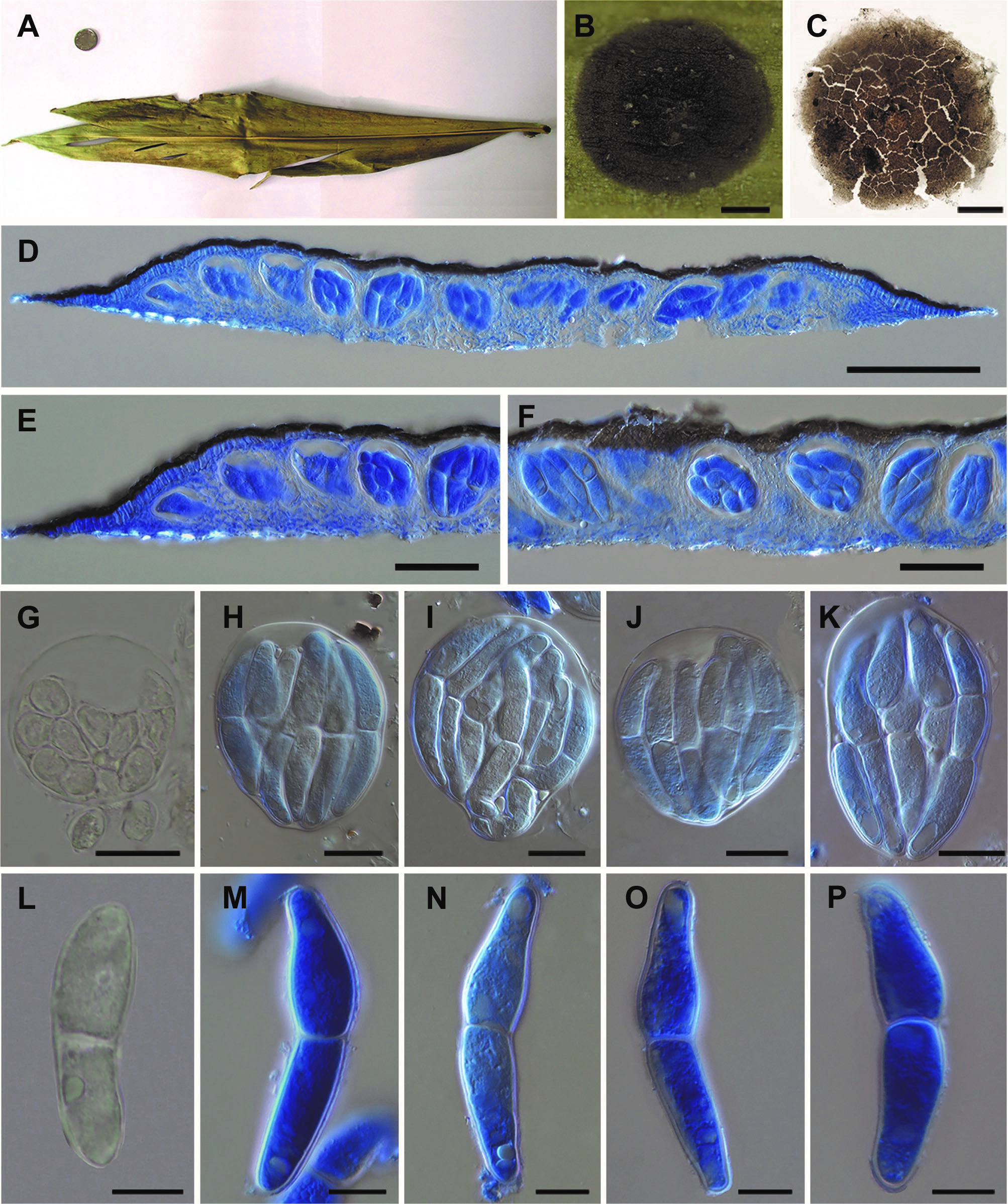
Translucidithyrium chinense (IFRD 9208, holotype) A plant leaves B acscoma on leaves surface C squash of ascoma at 20 times amplification D cross section of ascoma in blue cotton at 20 times amplification E, F cross section of ascoma in blue cotton at 40 times amplification G asci at 100 times amplification H–K asci in blue cotton at 100 times amplification L ascospore at 100 times amplification M–P ascospore in blue cotton at 100 times amplification. Scale bars: 200 μm (B); 100 μm (C, D); 50 μm (E, F); 20 μm (G–K); 10 μm (L–P). We slightly adjusted the contrast, saturation and hue of images and removed the contaminants around main object in images in PS software without obscuration, erasure or distortion of any information existing in the original document.
Culture of Translucidithyrium chinense (IFRDCC3000) A, B culture growing on the medium C, D the bottom of the medium with culture growing E, F the mycelium of culture at 100 times amplification. Scale bars: 10 μm (E, F).


